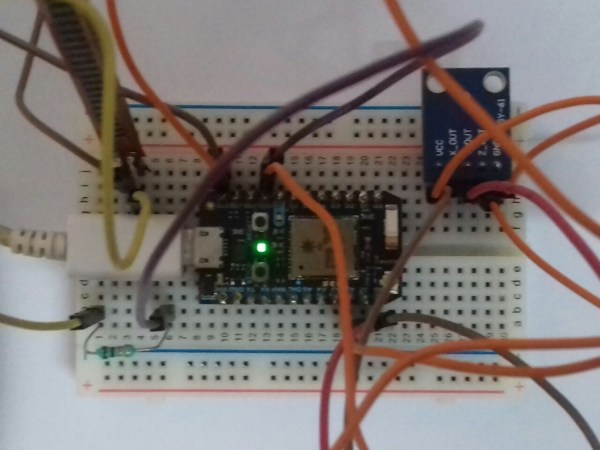For those of us not old enough to remember, and also probably living in the States, there was a relatively obscure computer built by Microsoft in the early 80s that had the strong Commodore/Atari vibe of computers that were produced before PCs took over. It was known as the MSX and only saw limited release in the US, although was popular in Japan and elsewhere. If you happen to have one of these and you’d like to play some video games on it, though, there’s now a driver (of sorts) for SNES controllers.
While the usefulness of this hack for others may not help too many people, the simplicity of the project is elegant for such “ancient” technology. The project takes advantage of some quirks in BASIC for reading a touch-pad digitizer connected to the joystick port using the SPI protocol. This is similar enough to the protocol used by NES/SNES controllers that it’s about as plug-and-play as 80s and 90s hardware can get. From there, the old game pad can be used for anything that the MSX joystick could be used for.
We’ve seen a handful of projects involving the MSX, so while it’s not as popular as Apple or Commodore, it’s not entirely forgotten, either. In fact, this isn’t even the first time someone has retrofitted a newer gaming controller to an MSX: the Wii Nunchuck already works for these machines.























